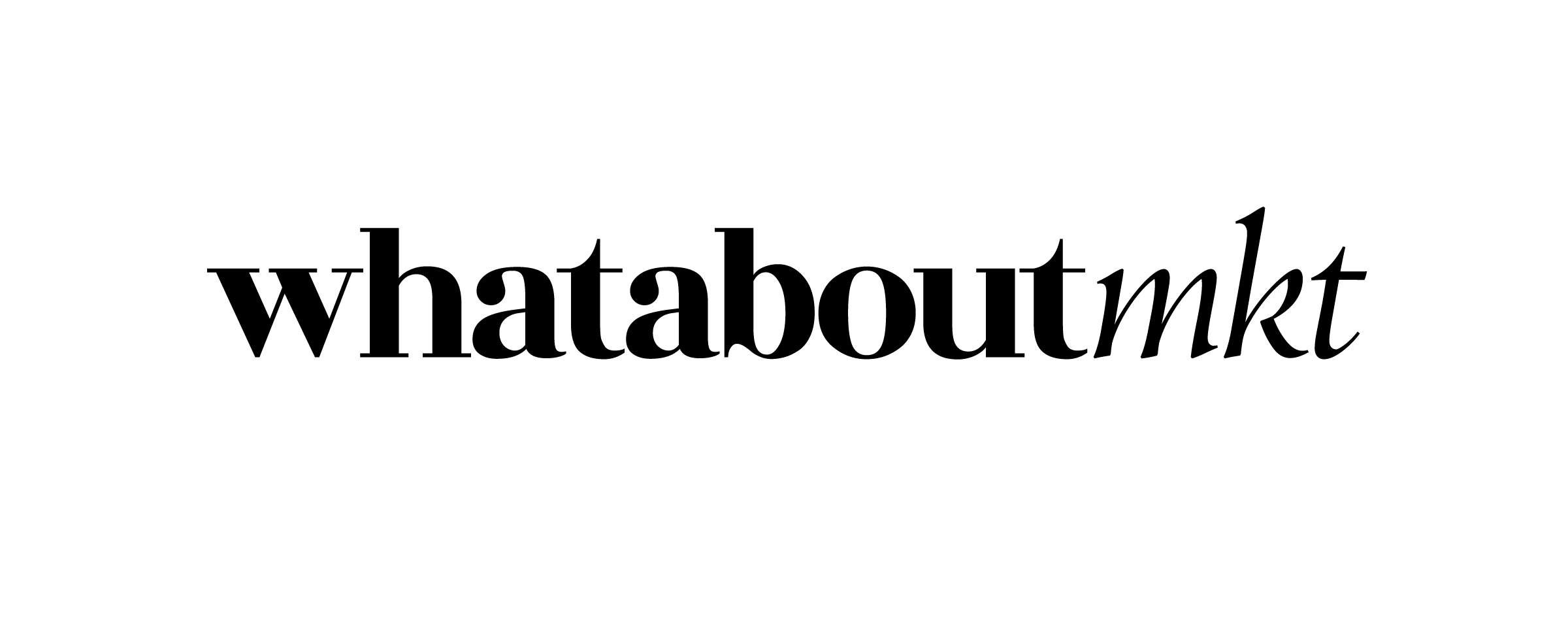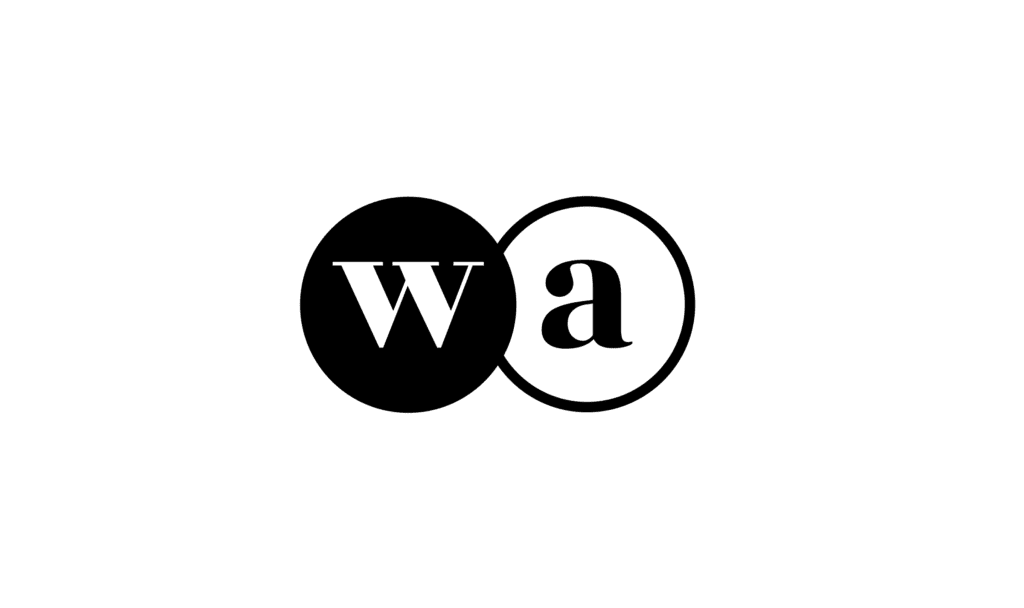The global toy market experienced a 1% decline in 2024, making Lego’s double-digit growth all the more impressive. While competitors struggled with slowing consumer demand, Lego’s diversified product portfolio, digital expansion, and ability to capitalize on nostalgia have kept it ahead of the curve. The company saw significant growth in key regions, including the Americas, Europe, and the Middle East, fueled by strong performances from its City, Star Wars, Technic, Icons, and Harry Potter sets. By offering a mix of traditional and digital experiences, Lego has positioned itself as more than just a toy company—it is a lifestyle brand that appeals to multiple generations.
A Key Growth Driver
Lego has heavily invested in digital innovation to stay relevant in an era where children and adults are engaging more with technology. The company’s partnership with Fortnite has introduced Lego-themed gaming experiences to over 87 million players, bridging the gap between physical play and digital entertainment. Unlike its reliance on third-party game developers, Lego has now taken in-house video game development, ensuring better alignment between its digital products and brand identity. Expanding its software engineering team threefold since 2022, Lego continues integrating digital play into its core offerings, demonstrating its ability to adapt to changing consumer behaviors.
Expanding the Lego Universe
Beyond digital, Lego has strengthened its brand through high-profile collaborations. Expanding its licensing agreements with franchises like Star Wars and Harry Potter has helped maintain its dominance in the toy industry, leveraging existing fanbases to drive sales. In 2024, Lego announced partnerships with Nike and Formula 1, signaling an expansion into lifestyle and sports culture. These collaborations introduce Lego to new audiences and position it as a brand that extends beyond toys, appealing to collectors, hobbyists, and fashion enthusiasts alike.
Retail Innovation and Global Expansion
Lego’s retail strategy has also contributed to its resilience. The company has continued to invest in experiential store formats beyond traditional shopping, offering interactive workshops and customization options that engage consumers meaningfully. Alongside retail innovation, Lego has been expanding its global footprint with significant investments in manufacturing and distribution. Its factories in Mexico, Hungary, and China have increased capacity. At the same time, new facilities in Vietnam and the U.S. are set to enhance production efficiency, as Reuters reported, with the Vietnam factory opening in early 2025 and the Virginia facility in 2027. These expansions will allow Lego to meet growing demand while improving supply chain resilience.
A Commitment to the Future
Lego’s growth is not solely driven by product innovation but also by a strong commitment to sustainability. In 2024, the company reported that half of the materials used to manufacture its bricks came from sustainable sources, including 47% certified mass balance materials. Investments in renewable and recycled materials reflect Lego’s dedication to reducing its environmental impact, an increasingly important factor for modern consumers. With sustainability becoming central to its brand narrative, Lego strengthens its reputation as an ethical and forward-thinking company.
The Adaptation Secret
Lego’s ability to maintain growth despite industry challenges is a testament to its innovative marketing strategy. By embracing digital transformation, expanding into new demographics, and continuously evolving its product offerings, Lego has managed to stay ahead of competitors in a shrinking market. Its strategic use of licensing, retail experiences, and sustainability efforts further cements its position as the world’s leading toy brand. As the toy industry continues to evolve, Lego’s agility and willingness to adapt will likely keep it at the forefront, setting a benchmark for success in future years.









